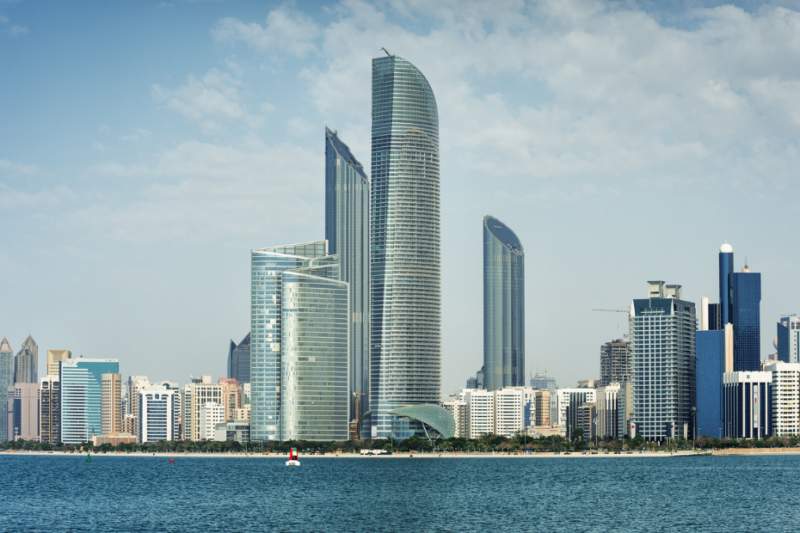
Air quality level increased over the last few years
Air pollution levels in several Middle Eastern countries have declined as a result of stricter emissions controls, a shift toward renewable energy, and improvements in transport regulation. This conclusion was drawn by researchers from Khalifa University in Abu Dhabi, based on NASA satellite data collected between 2003 and 2023.
The study found a steady decrease in nitrogen dioxide (NO₂) and sulfur dioxide (SO₂) concentrations since the mid-2010s, both of which are linked to the burning of fossil fuels. In contrast, pollution levels had increased during the first decade of the observed period.
Assistant Professor Diana Francis noted that in the UAE, stricter environmental regulations, investment in renewable energy and natural gas, and the phasing out of heavy fuel oil—particularly in Iran—were key contributors to improved air quality.
In countries such as Qatar, Bahrain, and the city of Dammam in Saudi Arabia, air pollution continued to rise until 2018 due to rapid economic development and a growing number of vehicles. After 2018, however, NO₂ levels began to decline by an average of 1.7% per year.
The most significant improvements were observed in Dubai and Abu Dhabi. Since 2015, NO₂ concentrations in the region have been falling at a rate of around 3.9% annually. While SO₂ levels continued to rise slightly, the growth rate was minimal—only 0.31% per year.
The study was based on data from NASA’s Aura satellite, which orbits the Earth 14 times a day and provides more comprehensive atmospheric data than ground-based monitoring stations.
According to the International Council on Clean Transportation (ICCT), the introduction of vehicle emission standards in the UAE, comparable to those in Europe, has significantly reduced nitrogen oxide and particulate matter emissions from passenger cars.
Previous reports have indicated that the Middle East ranks among the global leaders in fine particulate air pollution, which, according to the World Heart Federation, contributes to millions of cardiovascular-related deaths each year.
Reducing NO₂ and SO₂ emissions is critical for public health, as these gases cause respiratory irritation and exacerbate asthma and other lung conditions. Children, the elderly, and individuals with chronic respiratory diseases are especially vulnerable to long-term exposure.







